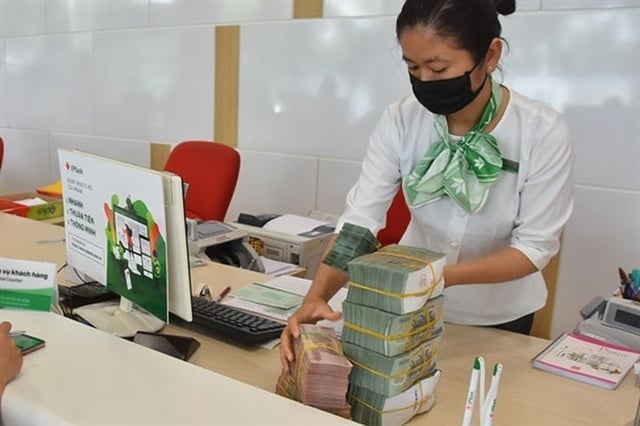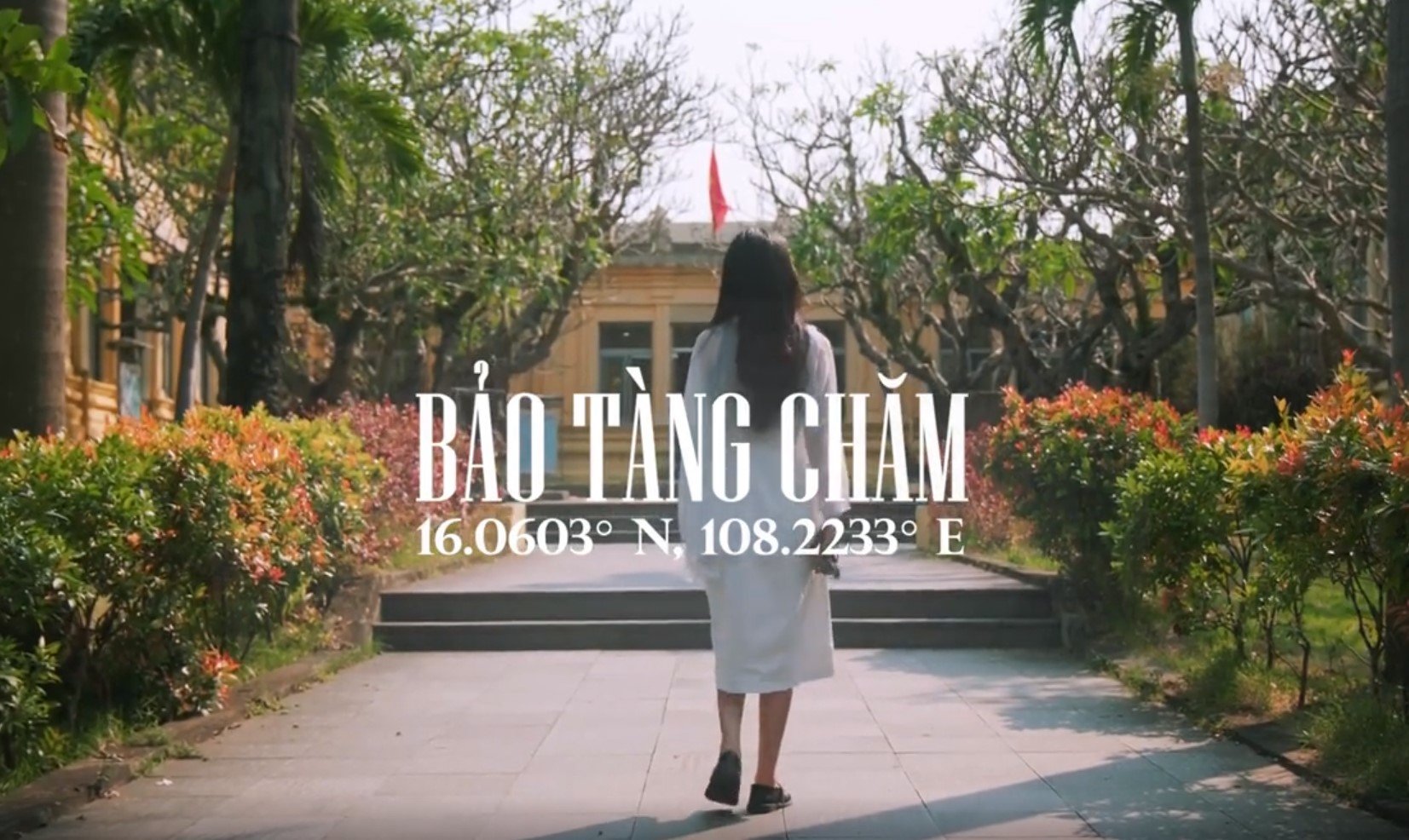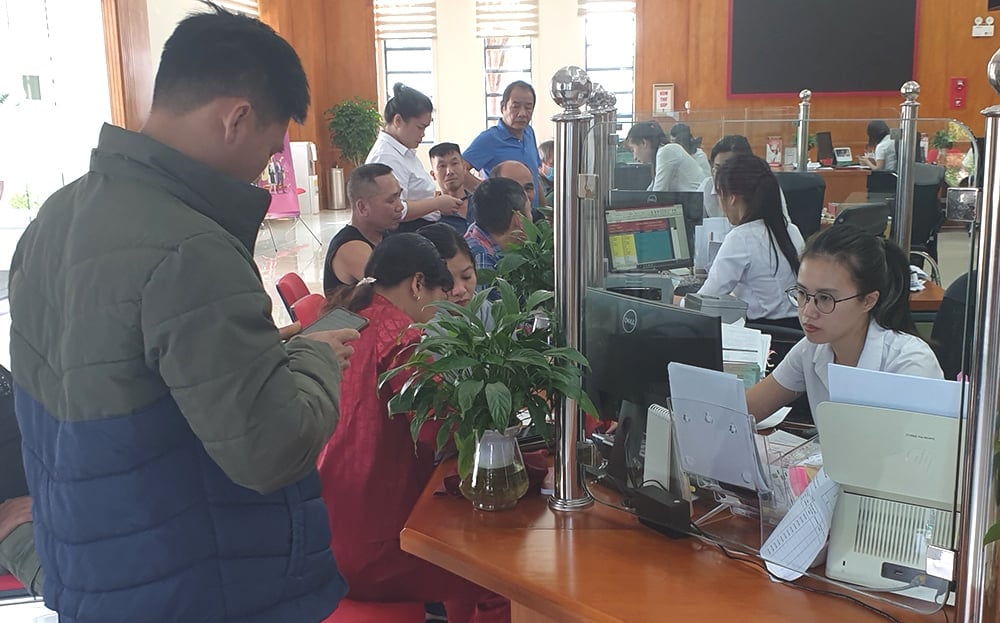In the context of economic recovery and increasingly fierce credit competition, experts predict that lending interest rates will continue to remain attractive this year. However, pressure from deposit interest rates may cause lending interest rates to increase by the end of the year.
Banks maintain stable capital sources through appropriate interest rate policies.
Savings interest rates increased by an average of 0.71% in 2024 and continued to adjust slightly upward in early 2025. The question is whether this increase is enough to affect lending rates in 2025?
In order to achieve the GDP growth target of 8% by 2025, the State Bank of Vietnam (SBV) targets credit growth of about 16%, equivalent to about VND2.5 quadrillion injected into the economy. In case GDP is expected to increase by 10%, credit needs to expand by 18-20%, bringing the total capital supply from banks to about VND3.1 quadrillion.
To ensure financial resources for the economy, banks apply reasonable interest rate policies to attract capital, including issuing bonds, borrowing from international organizations and mobilizing deposits from the population.
According to a report from Vietcombank Securities Company (VCBS), although 12-month savings interest rates at most banks are still below 6% per year, a slight increase in the second half of the year has affected lending interest rates. In fact, according to the State Bank of Vietnam, last year, deposit interest rates increased by 0.71% while lending interest rates decreased by 0.59% compared to the beginning of the year.
Data from VCBS shows that by the end of 2024, the average savings interest rate will increase by about 0.5% compared to mid-year, but will still be lower than during the Covid-19 period. At the same time, the average lending interest rate last year decreased by 0.96% compared to the end of 2023.
Notably, the private commercial bank group has seen a stronger reduction in lending interest rates than the state-owned bank group. In particular, small-scale banks are under pressure to adjust output interest rates to attract customers, while interest rebates tend to increase.
In the current context, experts say the important task of banks is to ensure capital to meet the investment and development needs of businesses and the economy, through mobilizing deposits at reasonable interest rates.

Lending rates may increase slightly
Experts say that the trend of continuously increasing deposit interest rates will have a certain delay before being reflected in lending interest rates this year.
Regarding output interest rates, experts assess that the Government and the State Bank of Vietnam (SBV) still aim to reduce lending rates to maintain economic growth and control inflation at a reasonable level. However, this poses many challenges for banks.
According to the latest report from VCBS and MB Securities (MBS), lending interest rates may increase by about 0.5-0.7% this year, after decreasing by nearly 1% last year. This adjustment is to offset capital mobilization pressure in the context of economic recovery and increased credit demand.
Forecasting for 2025, TPBank leaders believe that deposit interest rates may remain flat or increase slightly because the USD remains strong, putting pressure on the exchange rate. Therefore, lending interest rates are unlikely to decrease but will likely remain stable, while banks have to compete fiercely to promote credit, putting pressure on profit margins and may not fluctuate much.
Techcombank Deputy General Director Phung Quang Hung also shared the same view when he said that the USD will continue to strengthen in 2025 because the US economy is still strong compared to other regions. This makes the US interest rate cut slower than previously forecast. Mr. Hung predicted that the exchange rate this year could increase by about 2.5-3%, leading to a slight increase in interest rates of 0.2-0.25%.
A survey report on business trends of credit institutions in the first quarter of 2025 shows that many units plan to adjust deposit and lending interest rates to increase slightly by 0.2-0.3 percentage points.
Financial experts say that adjusting interest rates is an inevitable response of the market to internal and external pressures, including deposit interest rates and fluctuations in the USD exchange rate. At the same time, competition among banks in the credit sector is increasingly fierce, forcing banks to ensure capital for business operations and support economic growth.
For small-scale banks, applying higher interest rates to attract deposits is considered necessary to maintain capital sources during the year, especially when bad debt in the industry remains a worrying issue.
In this context, experts emphasized the important role of flexible monetary policy from the State Bank and the Government's direction in stabilizing interest rates, supporting production, business and people's lives.
On the borrower side, experts recommend looking for banks with preferential programs or support loan packages, especially for small and medium-sized enterprises, to optimize financial costs in 2025.
Source: https://baodaknong.vn/chiu-tac-dong-tu-nhieu-yeu-to-lai-suat-cho-vay-co-the-tang-nhe-242410.html



















































Comment (0)